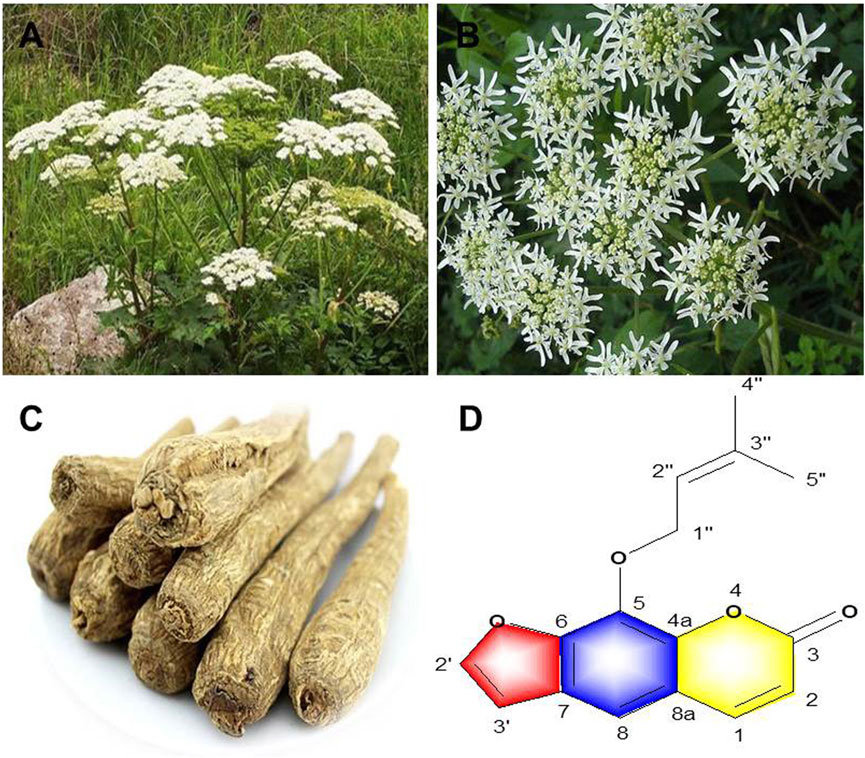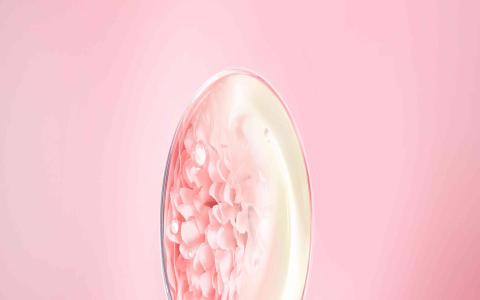Alright, so today I’m spilling the beans on my deep dive into Bai Zhi, also known as Angelica dahurica. I’ve been messing around with it for a while now, and thought I’d share what I’ve learned.
First off, why Bai Zhi? Well, I was looking for something natural to help with, you know, the occasional headaches and stuffy nose. I’d heard whispers about Bai Zhi and its potential benefits, so I figured, what the heck, let’s give it a shot.
The first thing I did was hit up my local herbalist. Good old Mr. Chen! He always knows his stuff. I asked him about Bai Zhi, and he gave me the lowdown. Apparently, it’s been used in traditional Chinese medicine for centuries. He sold me a bag of dried Bai Zhi root slices. Looked kinda like dried ginger, but smelled… well, earthy, and a little bit pungent. I’m no expert, but it smelled legit!
So, back home I went, ready to experiment. My initial plan was to make a simple tea. I grabbed a handful of those dried slices, rinsed them off (just to be safe), and tossed them into a pot with about two cups of water. Brought it to a boil, then simmered it for like, 15-20 minutes. The house started smelling like an old forest – not unpleasant, just… strong.

I strained the tea, let it cool a bit, and took a sip. Whoa! It was… intense. A bit bitter, a bit spicy. Definitely not your average chamomile. I added a tiny bit of honey to make it more palatable. Okay, much better!
- First Impression: The tea definitely cleared my sinuses a bit. I had a slight headache that day, and I noticed it eased up within an hour or so. Maybe it was placebo, maybe not, but I was intrigued.
Next, I decided to try using Bai Zhi in a foot soak. My feet were killing me after a long day of gardening. I boiled some more of the root slices (again, about a handful) in a big pot of water. Once it had cooled down enough to not scald my feet, I poured it into a tub and soaked my tired dogs for about 30 minutes. Felt AMAZING! The warmth and the Bai Zhi seemed to really soothe my aching feet.
- Foot Soak Verdict: Seriously relaxing. I think the combination of the warm water and the properties of Bai Zhi really helped. I slept like a baby that night.
Then, I got a bit more adventurous. I started adding small amounts of Bai Zhi powder to my homemade face masks. I usually mix some clay, honey, and a bit of water. Adding a pinch of Bai Zhi powder supposedly helps with brightening the skin and reducing inflammation. I’ve been doing this for a couple of weeks now, and honestly, my skin does seem a bit clearer. Could be the Bai Zhi, could be the other ingredients, but I’m sticking with it.
- Face Mask Experiment: Jury’s still out, but my skin seems to like it. I’m using it about twice a week. Just a tiny amount of the powder, though!
Now, I’m no doctor, and I’m not saying Bai Zhi is a miracle cure for anything. This is just my personal experience. I always made sure to start with small amounts and listened to my body. And of course, if you have any serious health issues, definitely talk to a healthcare professional before trying any new herbal remedies. But for me, Bai Zhi has been a pretty cool addition to my natural wellness toolkit.

So there you have it – my Bai Zhi adventure! Hope this helps anyone else curious about this interesting herb. Cheers!


